Complete Solutions to Exercises Concept Application of chapter ALCOHOL,PHENOL AND ETHERS of Class 12 book with complete answers and questions
| Class 12 | CHEMISTRY |
| Chapter | ALCOHOL,PHENOL AND ETHERS |
| CENGAGE CHEMISTRY | Exercises Concept Application |
| Number Of Questions | 33 |
| Academic Year | 2023-24 |
Write IUPAC names of the following compounds:
i. `CH_(3)-underset(CH_(3))underset(|)(CH)-underset(OH)underset(|)(CH)-overset(CH_(3))overset(|)underset(CH_(3))underset(|)(C)-CH_(3)`
ii. `H_(3)C-underset(OH)underset(|)CH-CH_(2)-underset(OH)underset(|)CH-underset(C_(2)H_(5))underset(|)CH-CH_(2)-CH_(3)`
iii. `CH_(3)-underset(OH)underset(|)CH-underset(OH)underset(|)CH-CH_(3)`
iv. `HO-CH_(2)-underset(OH)underset(|)CH-CH_(2)-OH`
v.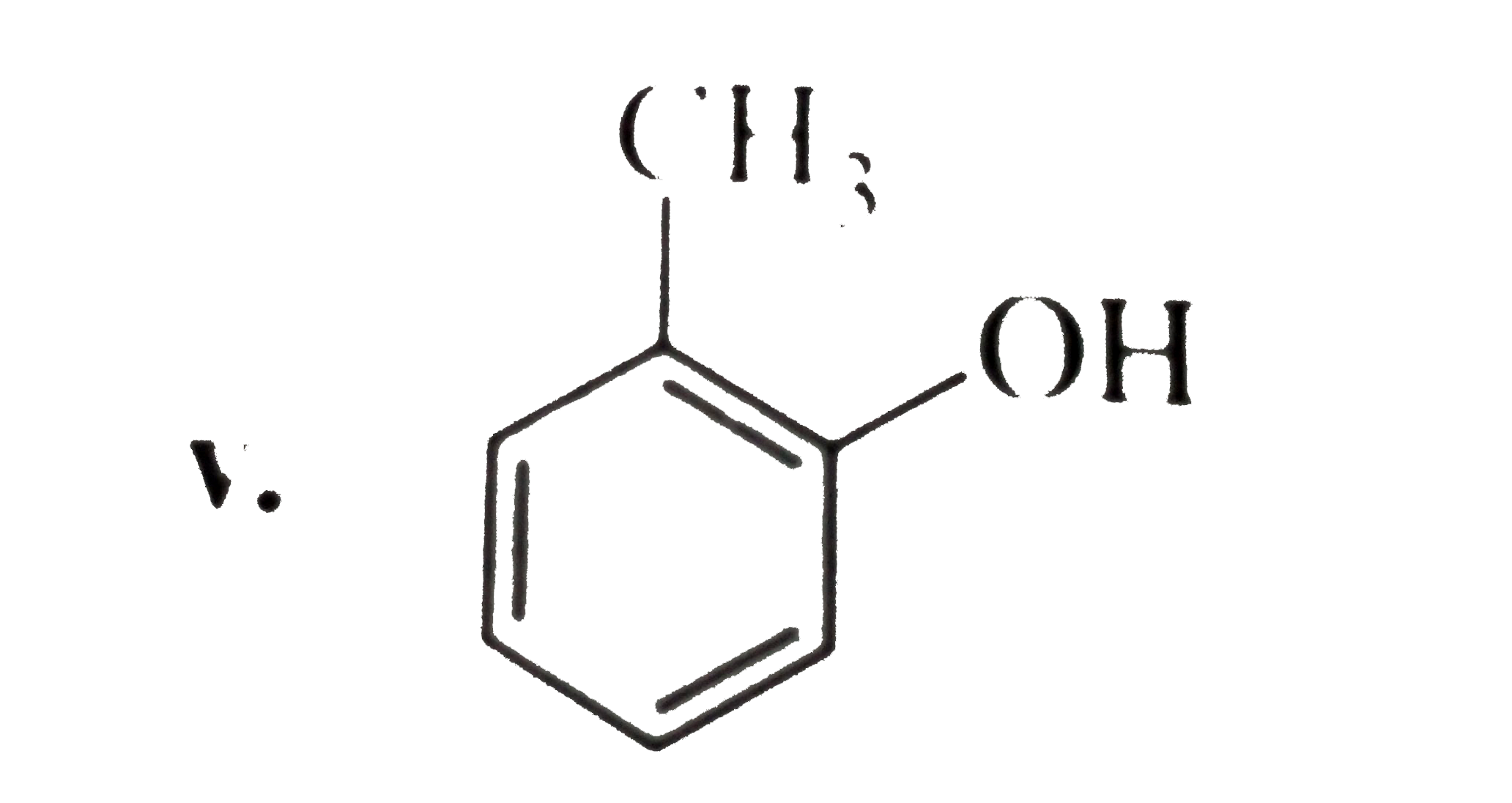 vi.
vi. 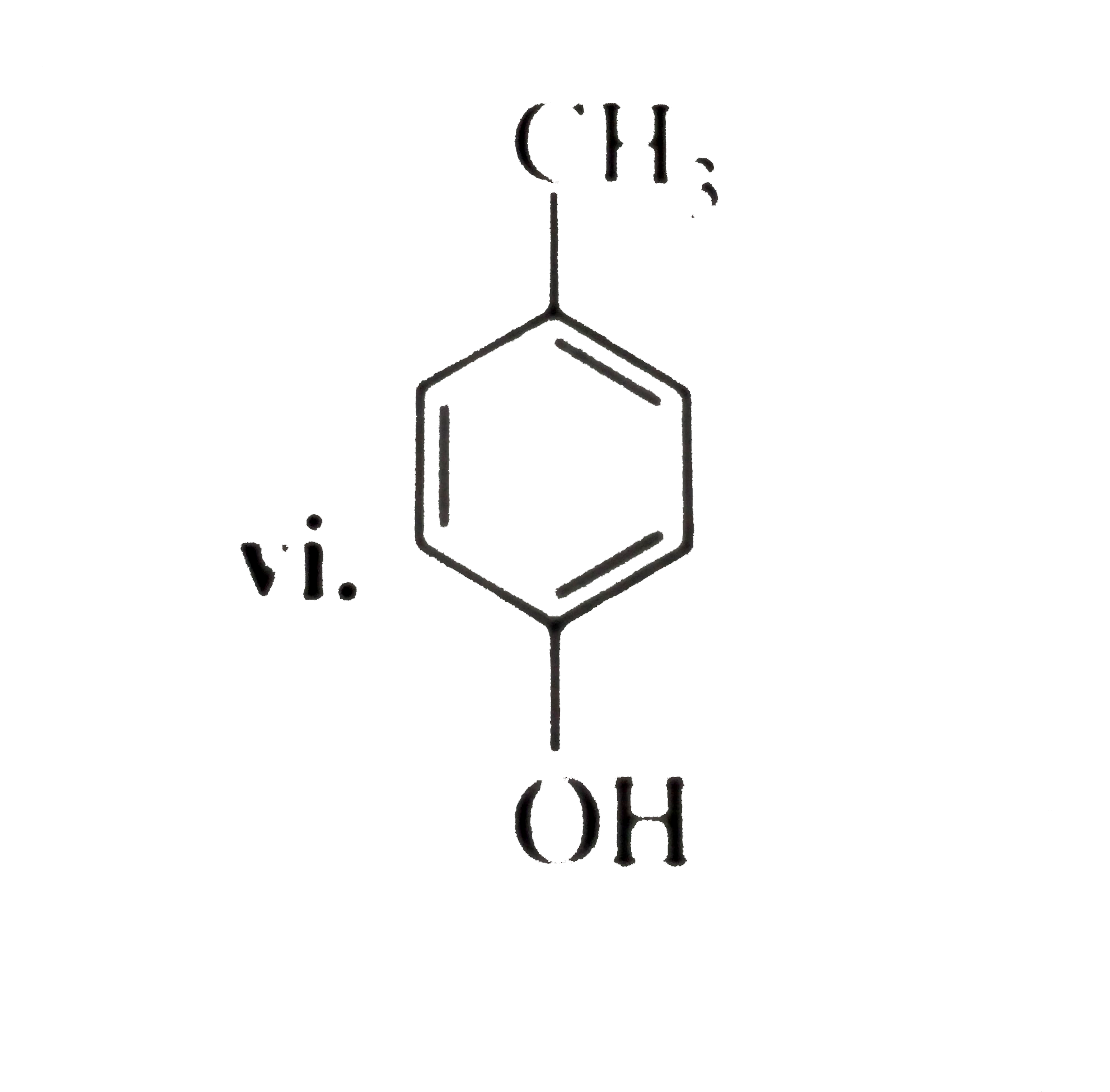
vii. viii.
viii. 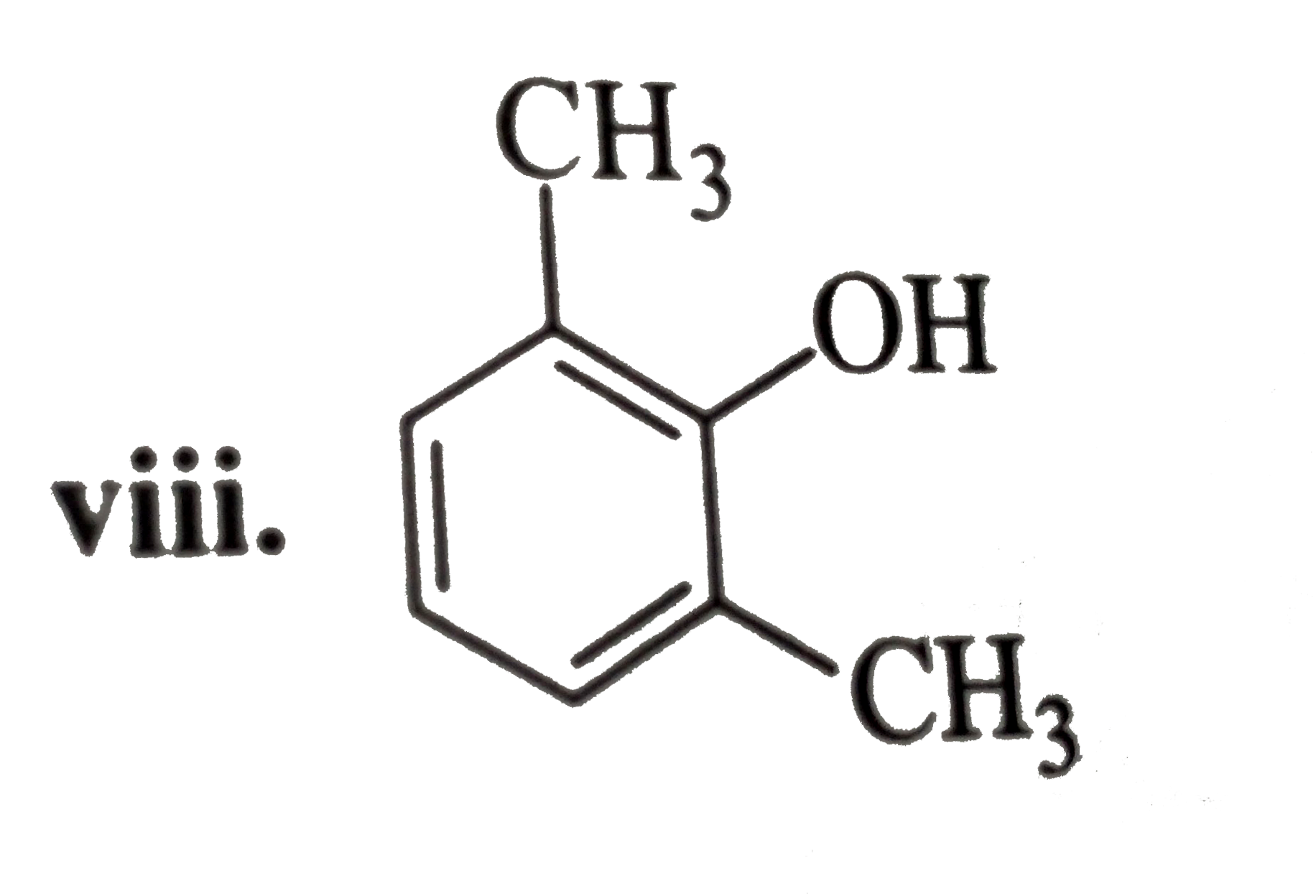
ix. `CH_(3)-O-CH_(2)-underset(CH_(3))underset(|)CH_CH_(3)`
x. `C_(6)H_(5)-O-C_(2)H_(5)`
xi. `C_(6)H_(5)-O-C_(7)H_(15)(n---)`
xii. `CH_(3)-CH_(2)-O-underset(CH_(3))underset(|)CH-CH_(2)-CH_(3)`View SolutionWrite the structures of compounds whose IUPAN names are as follows:
i. 2-Meethylbutan-2-ol
ii. 1-Phenylpropan-2-ol
iii. 3,5-Dimethylhexane-1,3,5-triol
iv. 2,3-Diethylphenol
v. 1-Ethoxyp[ropane
vi. 2-Ethoxy-3-methylpentane
vii. Cyclohexylmethanol
viii. 3-Cyclohexylenan-3-ol
ix. Cyclopent-3-en-1-ol
x. 3-Chloromethylpentan-1-ol09:53View Solutioni. Draw the structures of all isomeric alcohols of molecular formula `C_(5)H_(12)O` and give their IUPAC names.
ii. Classify the isomers of alcohols in Q.No.3 (i) as primary, secondary, and tertiary alcohols.09:25View SolutionExplain why propanol has a higher boiling point than hydrocarbon butane ?
02:45View SolutionAlcohols are comparatively more soluble in water than hydrocarbons of comparable melecular masses. Explain this fact.
04:31View SolutionWhat is meant by hydroboration-oxidation reaction ? Illustrate it with an example.
05:56View SolutionGive the structures and IUPAC names of monohydric phenols of molecular formula, `C_(7)H_(8)O`.
03:31View SolutionWhile separating a mixture of ortho- and para-nitrophenols steam distillation, name the isomer which will be steam volatile. Give reason.
03:23View SolutionGive the equations of reaction for the preparation of phenol form cumene.
03:45View SolutionWrite the chemical reaction for the preparation of phenol form chlorobenzene.
01:52View SolutionWrite the mechanism of hydration of ethene to yield ethanol.
03:40View SolutionYou are given benzene, conc. `H_(2)SO_(4)`, and NaOH. Write the equations for the preparation of phenol usign these regents.
03:34View SolutionShow how will you synthesie:
i. 1-Phenylethanol form a suitable alkene.
ii. Cyclohexylmethanol using an alkyl halide by `SN^(2)` reaction.
iii. Pentan-1-ol using a suitable alkyl halide.03:17View SolutionGive two reactions that show the acidic nature of phennol. Compare the acidity of phenol with that of ethanol.
03:34View SolutionExplain why is ortho-nitrophenol more acidic than ortho-methoxyphenol ?
03:31View SolutionExplain how does the `(---OH)` group attached to a carbon of benzene ring activate it towards electophililc substitution.
03:43View SolutionGive the equations of the following reactions:
i. Oxidation of propan-1-ol with alkaline `KMnO_(4)` solution.
ii. Bromine in `CS_(2)` with phenol.
iii. Dilute `HNO_(3)` with phenol.
iv. Treating phenol with chloroform in the presence of aqueous NaOH.07:09View SolutionExplain the following with an example:
i. Kolbe's reaction
ii. Reimer-Tiemann reaction
iii. Williamon's ether synthesis
iv. Usymmetrical ether10:36View SolutionWrite the mechanism of hydration of ethene to yield ethanol.
03:40View SolutionHow are the following conversions carried out ?
i. Propene `rarr` Propan-2-ol
ii. Benzyl chloride `rarr` Benzyl alcohol
iii. Ethyl magnesium chloride `rarr` Propan-1-ol
iv. Methyl magnesium bromide `rarr` 2-Methylpropan-2-ol13:42View SolutionName the reagents used in the following reactions:
i. Oxidation of a primary alcohol to carboxylic acid.
ii. Oxidation of a primary alchol to aldehyde.
iii. Bromination of phenol to 2,4,6-tribromonophenol.
iv. Benzyl alcohol to benzoic acid.
v. Dehydration of propan-2-ol to propene.
vi. Butan-2-one to butan-2-ol.03:52View SolutionGiven reason for the higher boiling point of ethanol in comparison to methoxymethane.
02:38View SolutionGive the IUPAC names of the following ethers:
`C_(2)H_(5)OCH_(2)`--`overset (CH) underset (CH_(3)) underset (|)`---`CH_(3)`
ii. `CH_(3)OCH_(2)CH_(2)CI`
iii. `O_(2)N---C_(6)H_(4)---OCH_(3)(p)`
iv. `CH_(3)CH_(2)CH_(2)OCH_(3)`
v.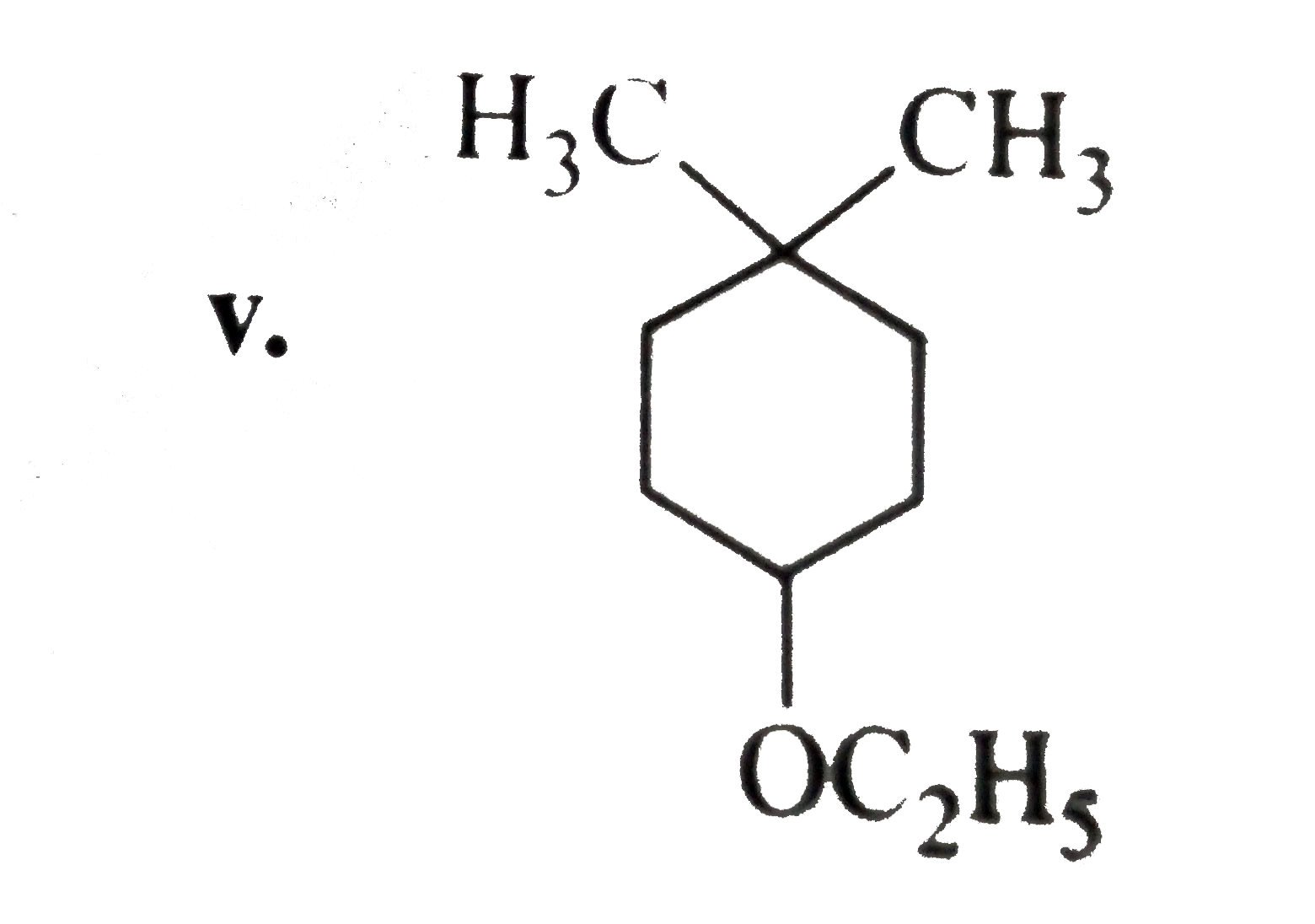
vi.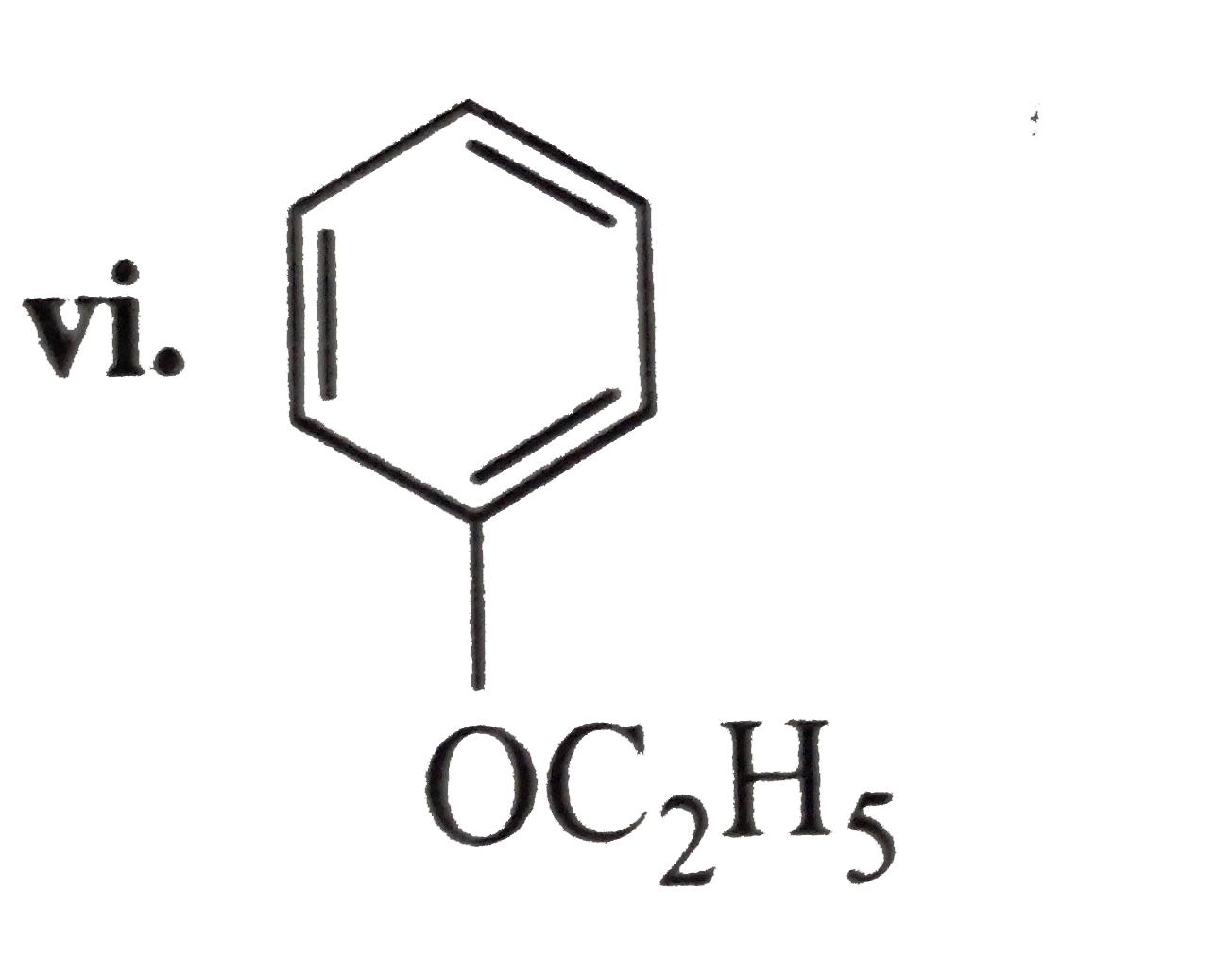 View Solution
View SolutionWrite the names of reagents and equations for the preparation of following ethers by Williamson's synthesis:
i. 1-Propoxypropane
ii. Ethoxybenzene
iii. 2-Methoxy-2-methylpropane
iv. 1-Methoxyethane13:09View SolutionIllustrate with examples the limitations of Williamson's synthesis for the preparation of certain types of ethers.
03:49View SolutionHow is 1-propoxyproapane synthesised from propan-1-ol ? Write mechanism of the reaction.
03:06View SolutionPreparation of ethers by acid dehydration of secondary or tetiary alcohols is not a suitable method. Give reason.
04:33View SolutionWrite the equation of the reaction of hydrogen iodide with :
(i) 1-propoxypropane, (ii) methoxybenzene, (iii) benzyl ethyl ether.06:46View SolutionExplain the fact that in aryl ethers, (i) the alkoxy group activates the benzene ring towards electrophilic substitution and (ii) it directs the incoming substituents to ortho and para positions in benzene ring.
05:17View SolutionWrite the mechanism of the reaction of Hiwith methoxymethane.
05:42View SolutionWrite the equations of the following reactions:
i. Friedel-Crafts reaction - alkylation of anisole.
ii. Nitration of anisole.
iii. Brominatation of anisole in ethanoic acid medium.
iv. Fridel-Crafts acetylation of anisole.05:13View SolutionShow how would you synthesisse the following alcohols form approprite alkenes.
i.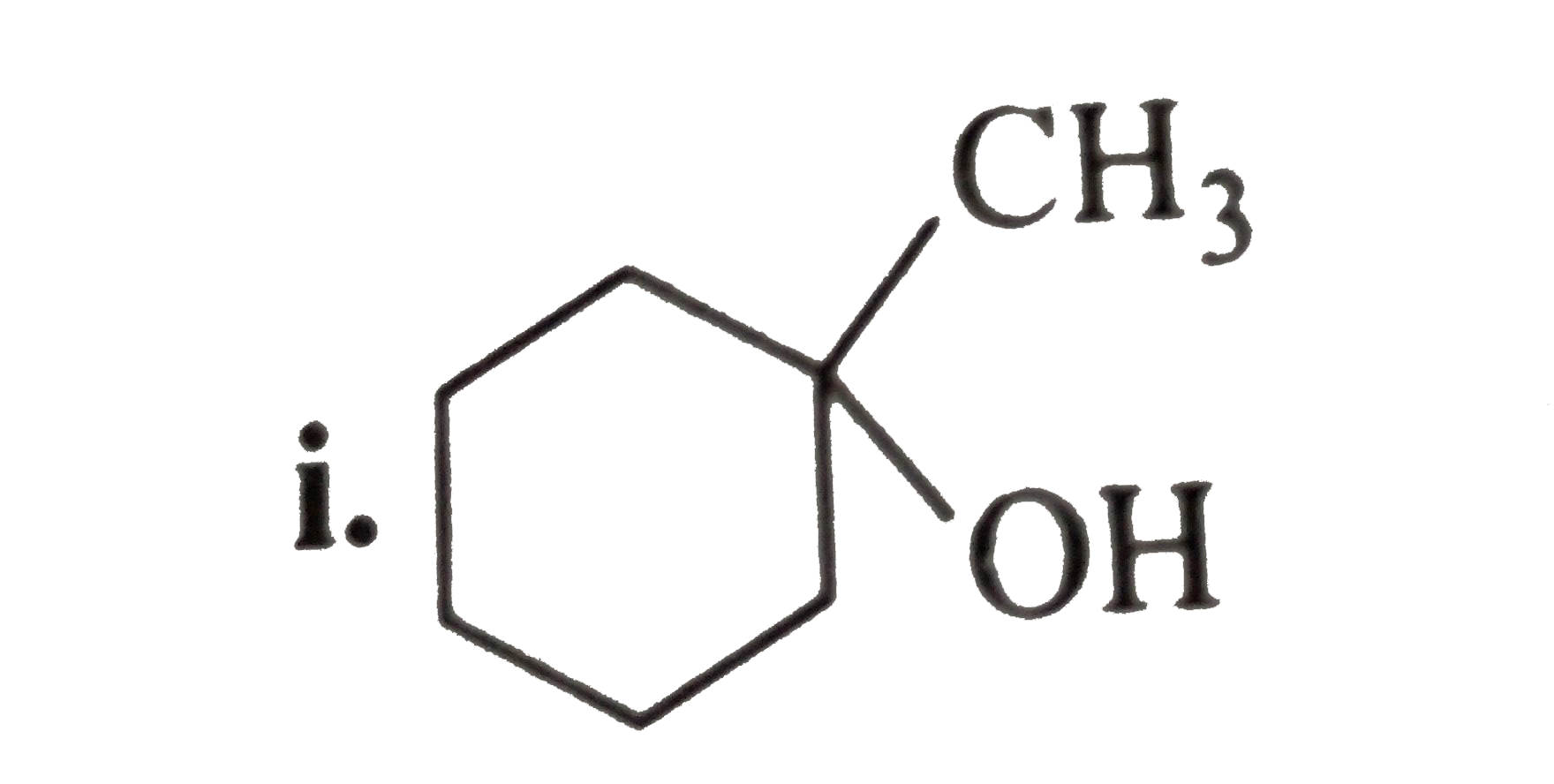 ii.
ii. 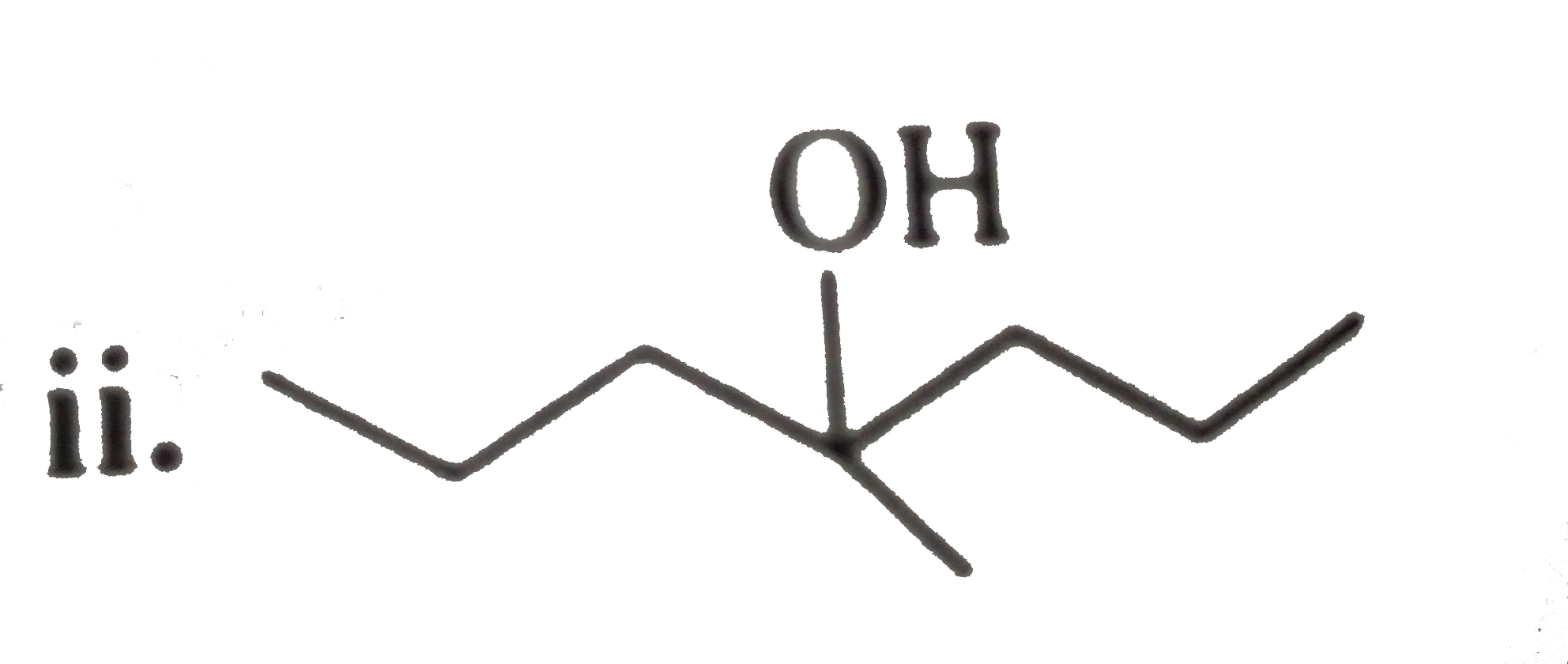
iii.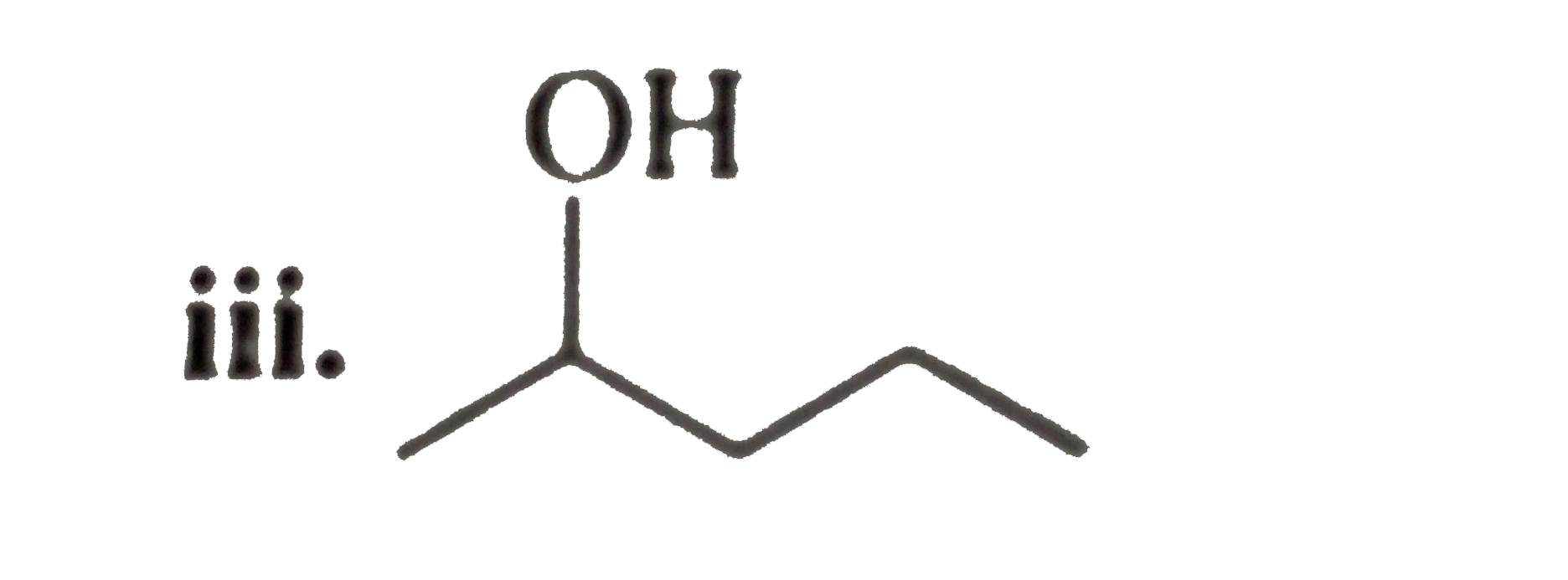 iv.
iv. 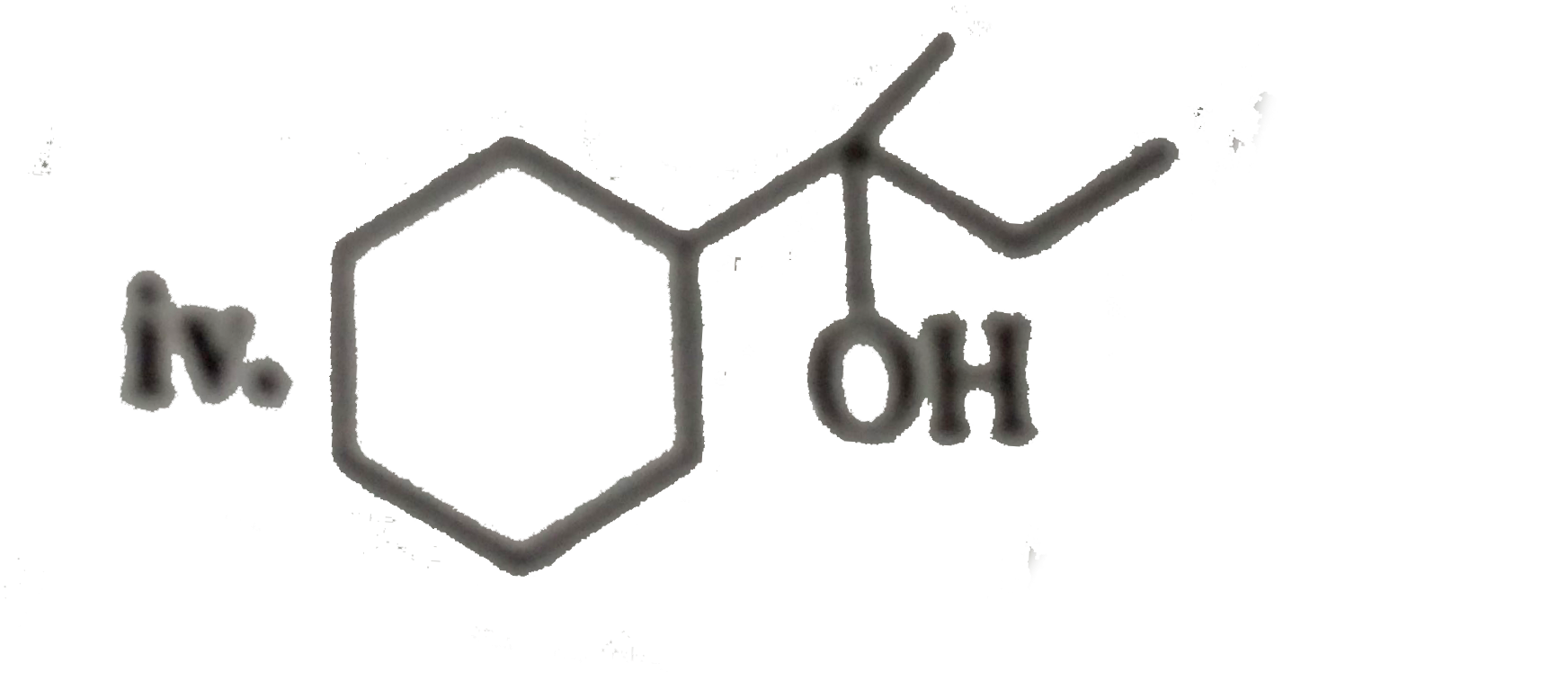 05:31View Solution
05:31View Solutionwhen 3-methylbutan-2-ol is treated with HBr, the following reaction takes place:
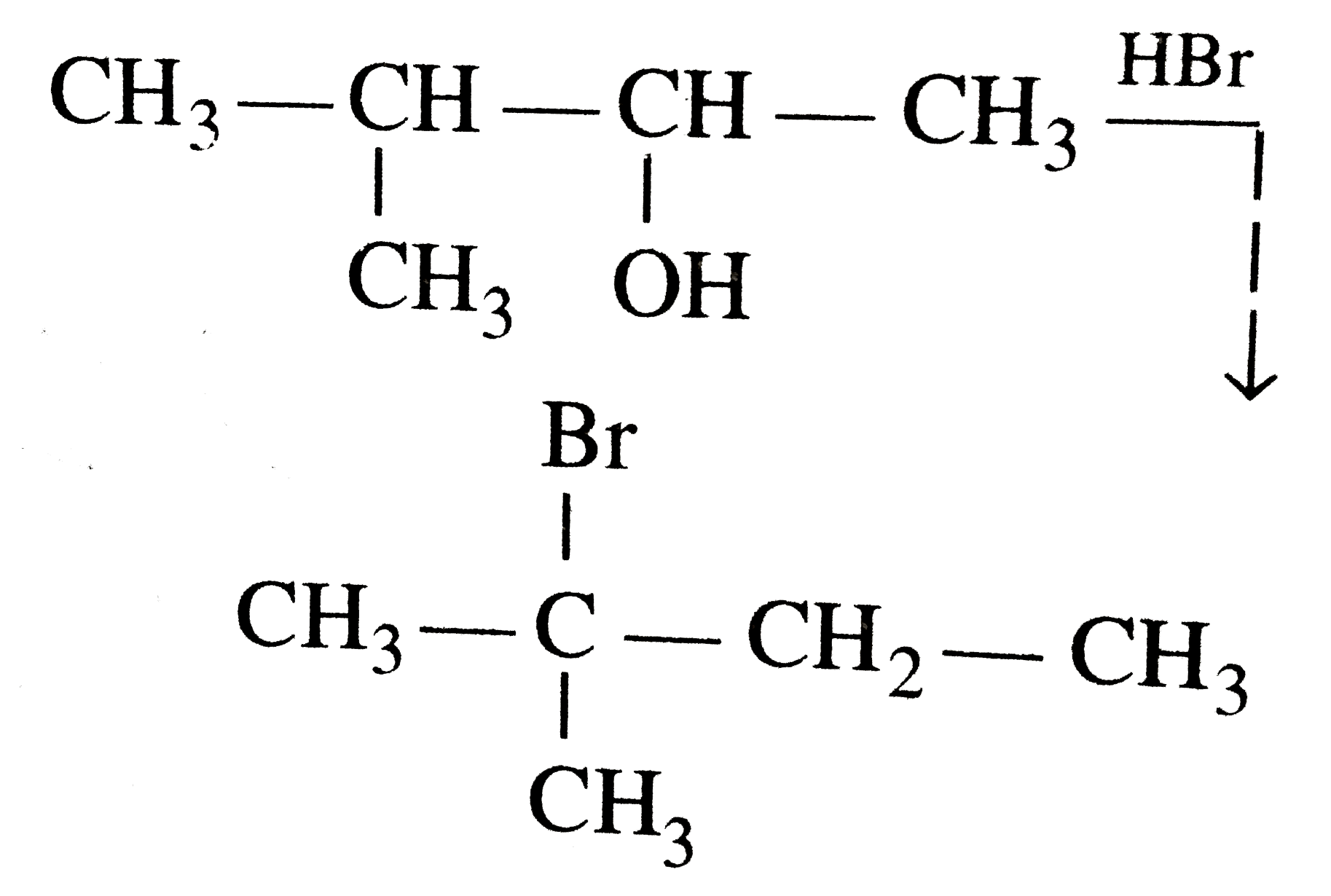
Give the mechanism of this reaction.
Hint : The secondary carbocation formed in step II rearranges to a more stable tetriary carbocation by a hydride ion shift form the third carbon atom.01:56View Solution
Exercises Concept Application questions and complete solutions for chapter ALCOHOL,PHENOL AND ETHERS of CENGAGE CHEMISTRY (HINGLISH) of Class 12
All Exercises from CENGAGE CHEMISTRY Class 12 CHEMISTRY ALCOHOL,PHENOL AND ETHERS
- Archives Analytical And Descriptive
- Archives Assertion-Reasoning
- Archives Fill In The Blanks
- Archives Linked Comprehension
- Archives Multiple Correct
- Archives Single Correct
- Archives True/False
- Exercises Assertion-Reasoning
- Exercises Concept Application
- Exercises Linked Comprehension
- Exercises Multiple Correct
- Exercises Single Correct
- Exercises Subjective
- Illustration
- Solved Examples
